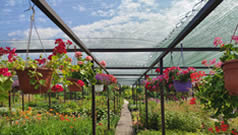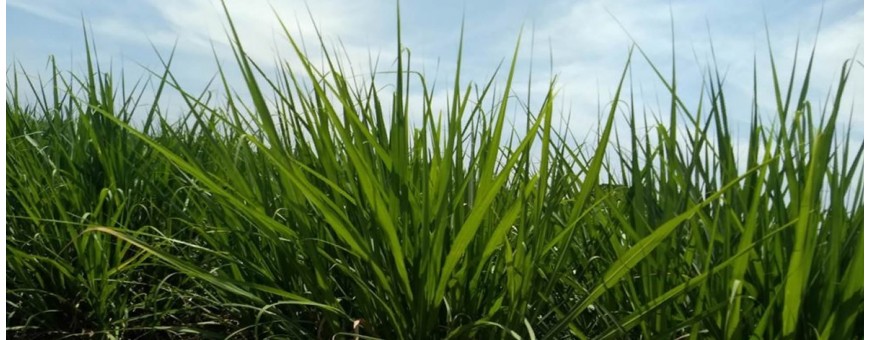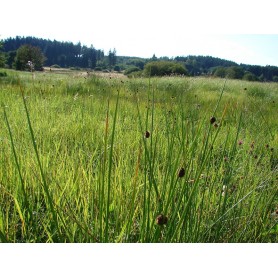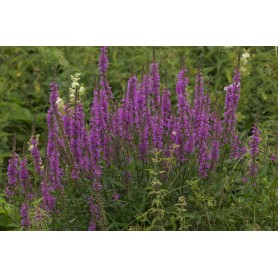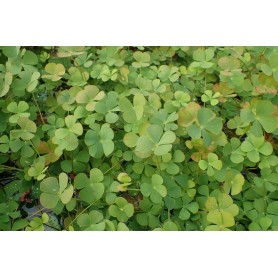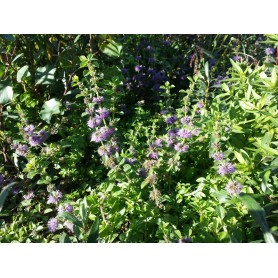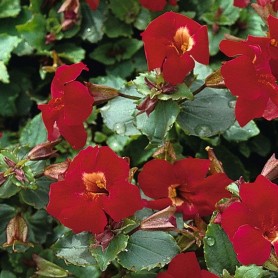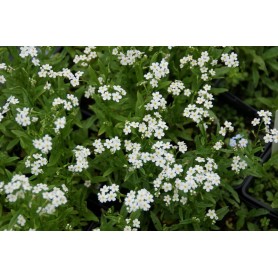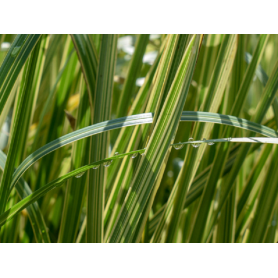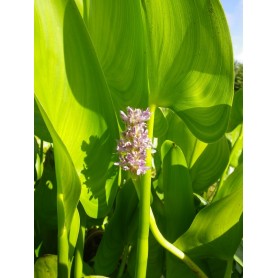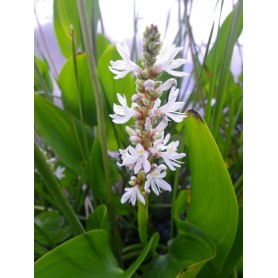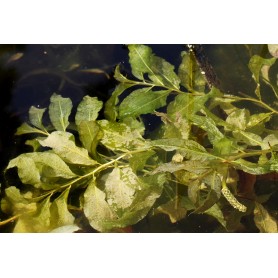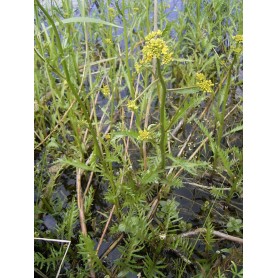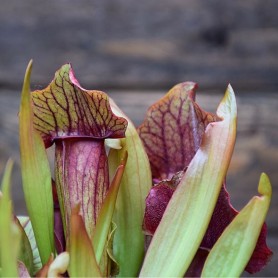Juncus conglomeratus
Juncus conglomeratus is very similar to Juncus effusus but the stems are clearly striped and rough, also flowers 3 to 4 weeks earlier.
The flower consists of a brown squat inflorescence, standing on the sides of the stems.
They can be found throughout Europe in moist to very wet places among the grass, on nutrient-poor to moderately nutrient-rich soil.
Are sold per 4.
Price is for 4 pieces.
The flower consists of a brown squat inflorescence, standing on the sides of the stems.
They can be found throughout Europe in moist to very wet places among the grass, on nutrient-poor to moderately nutrient-rich soil.
Are sold per 4.
Price is for 4 pieces.
€9.44

